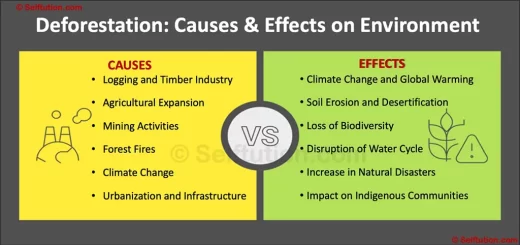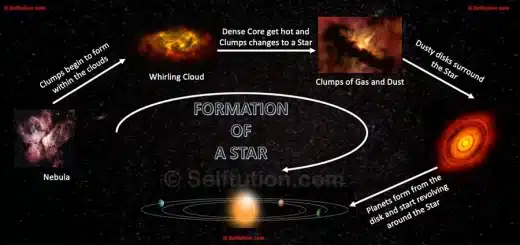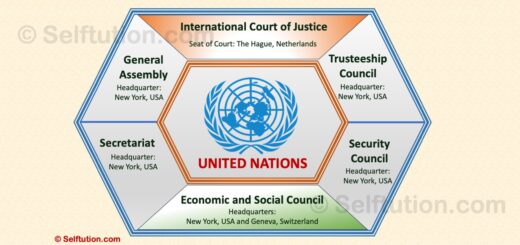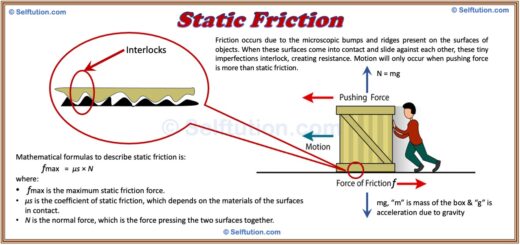Top 10 Deadliest Earthquakes in the History of the World
The human race has witnessed earthquakes since ancient times. Here is the list of the top 10 deadliest earthquakes in the history of the world.
Some of the earthquakes were so deadly that scars left by them are still fresh in the minds of those who experienced them.
Top 10 Deadliest Earthquakes in World History:
- Shaanxi, China, January 23, 1556, Richter Scale – 8, more than 830,000 people died.
- Port-au-Prince, Haiti, January 12, 2010, Richter Scale – 7.0, estimated deaths 316,000.
- Tangshan, China, July 27, 1976, Richter Scale – 7.5, more than 255,000 deaths.
- Antakya, Turkey, May 21, 526, Richter Scale – do not exist, more than 250,000 deaths.
- Aleppo, Syria, August 9, 1138, Richter Scale – do not exist, more than 230,000 people died.
- Sumatra, Indonesia, December 26, 2004, Richter Scale – 9.1, nearly 227,000 deaths.
- Damghan, Iran, December 22, 856, Richter Scale – does not exist, more than 200,000 people died.
- Haiyuan, China, December 16, 1920, Richter Scale – 7.8, about 200,000 deaths.
- Ardabil, Iran, March 23, 893, Richter Scale – do not exist, more than 150,000 people died.
- Kanto, Japan, September 1, 1923, Richter Scale – 7.9, about 149,000 deaths.
What is an Earthquake?
An earthquake is a sudden vibration or shaking of a part of the Earth’s surface. These vibrations occur due to sudden movements deep inside the Earth. The vibration is maximum at the Epicenter. The epicenter is the point on the Earth’s surface directly above the point of origin of the earthquake. The point of origin is called the Focus. The movement of tectonic plates and molten rocks beneath the Earth’s crust causes an earthquake. Volcanic eruptions may also lead to an earthquake at times.
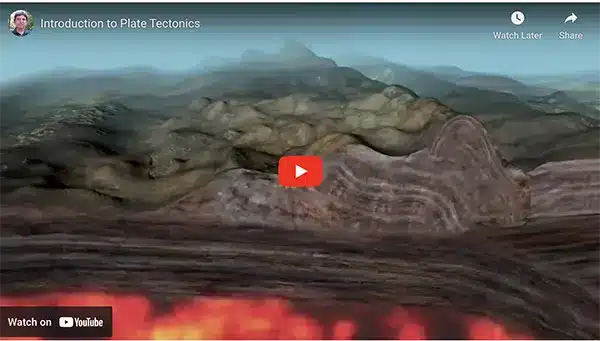 Video courtesy: Frank Gregario @ YouTube
Video courtesy: Frank Gregario @ YouTube
Video courtesy: Frank Gregario @ YouTube
Seismology is the branch of science that studies and tries to predict earthquakes. We measure the intensity of an earthquake on the Richter Scale from 1 to 10. Where reading of ‘1’ indicates minor vibrations, and as we move toward ’10’, intensity increases. A minor earthquake of intensity 1-2 occurs quite often, which we do not even feel. But a major earthquake of reading 5 or above can create havoc, resulting in massive destruction. The instrument that measures the intensity and duration of an earthquake is called the Seismograph.
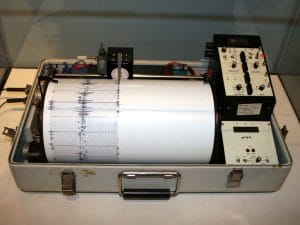
Seismograph. Image courtesy Wikipedia
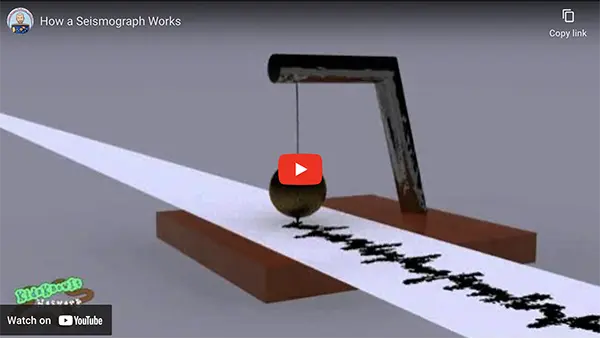 How a seismograph works. Video courtesy: KidsKnowit @youtube
How a seismograph works. Video courtesy: KidsKnowit @youtube
Back to the Top 10 deadliest earthquakes in world history
Effects of Earthquakes
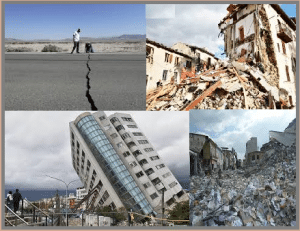
We cannot predict natural disasters like earthquakes. It can occur at any time. Due to earthquakes, buildings get damaged and collapse, and people die when they get stuck in the ruins. Roads get cracked, flyovers collapse, and railway lines get twisted, resulting in the disruption of transportation. Electricity poles break, and wires get dislocated. In coastal areas, earthquakes cause tsunamis and floods. Also, landslides occur in the mountainous regions due to the vibration of the Earth.
Back to the list of deadliest earthquakes
Precautions for Earthquakes
We know that it is difficult to predict natural disasters like earthquakes. But whenever you feel an earthquake, take the following precautions to minimize risks:
- Build earthquake-proof houses and buildings.
- Run out of the building immediately to an open area where nothing can fall on you.
- If you are unable to run out, then you should move under heavy furniture such as beds and tables.
- Keep yourself away from buildings, trees, and electric poles, which can collapse and cause injury.
- Avoid using lifts. Use the staircase. Conduct mock drills in schools and offices to spread awareness.
Back to the Top 10 deadliest earthquakes in world history
Click here >>> Top 10 deadliest floods in World History
Click here >>> Top 10 deadliest cyclones in World History
